Related Research Articles

Earl of Longford is a title that has been created twice in the Peerage of Ireland.
The Peerage of the United Kingdom is one of the five Peerages in the United Kingdom. It comprises most peerages created in the United Kingdom of Great Britain and Ireland after the Acts of Union in 1801, when it replaced the Peerage of Great Britain. New peers continued to be created in the Peerage of Ireland until 1898

Marquess of Ailsa, of the Isle of Ailsa in the County of Ayr, is a title in the Peerage of the United Kingdom. It was created on 10 September 1831 for Archibald Kennedy, 12th Earl of Cassilis. The title Earl of Cassilis had been created in 1509 for the 3rd Lord Kennedy. This title had been created in the Peerage of Scotland in 1457. The 1st Marquess had been created Baron Ailsa in the Peerage of the United Kingdom on 12 November 1806.

The title Earl of Moray, or Mormaer of Moray, was originally held by the rulers of the Province of Moray, which existed from the 10th century with varying degrees of independence from the Kingdom of Alba to the south. Until 1130 the status of Moray's rulers was ambiguous and they were described in some sources as "mormaers", in others as "Kings of Moray", and in others as "Kings of Alba". The position was suppressed by David I of Scotland some time after his defeat of Óengus of Moray at the Battle of Stracathro in 1130, but was recreated as a feudal earldom by Robert the Bruce and granted to Thomas Randolph, 1st Earl of Moray in 1312.

Earl of Seafield is a title in the Peerage of Scotland. It was created in 1701 for James Ogilvie, who in 1711 succeeded his father as 4th Earl of Findlater. The earldoms of Findlater and Seafield continued to be united until 1811, when the earldom of Findlater became dormant, while the earldom of Seafield remains extant.
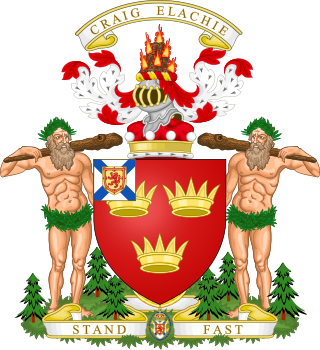
Baron Strathspey, of Strathspey in the Counties of Inverness and Moray, is a title that has been created twice, both times in the Peerage of the United Kingdom. On both occasions, the barony was created for an Earl of Seafield.
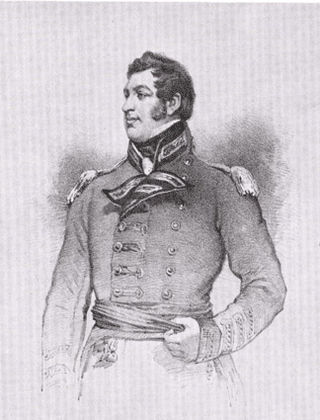
Colonel Francis William Ogilvie-Grant, 6th Earl of Seafield, known for most of his life as Francis William Grant, was a Scottish nobleman, soldier and politician. He is numbered as the 25th Chief of Clan Grant.

John Charles Ogilvie-Grant, 7th Earl of Seafield,, styled Viscount Reidhaven from 1840 to 1853, was a Scottish nobleman. He is numbered as the 26th Chief of Clan Grant.
There have been two baronetcies created for persons with the surname Colquhoun ("Cohoon"), one in the Baronetage of Nova Scotia (1625) and one in the Baronetage of Great Britain (1786).
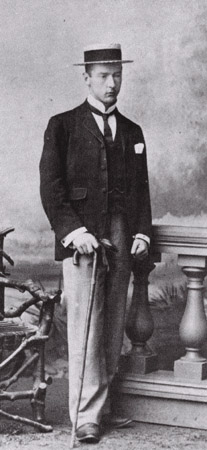
Captain James Ogilvie-Grant, 11th Earl of Seafield,, styled Viscount Reidhaven in 1888, was a Scottish peer and soldier. He is numbered as the 30th Chief of Clan Grant.
Lieutenant Colonel James Ogilvie-Grant, 9th Earl of Seafield, known for most of his life as The Hon.James Ogilvie-Grant, was a Scottish peer and Conservative Member of Parliament (MP).

Sir James Grant of Grant, 8th Baronet, was a Scottish landowner, politician and Chief of Clan Grant. He was often referred to as the Good Sir James.

Ian Charles Ogilvie-Grant, 8th Earl of Seafield, styled Viscount Reidhaven from 1853 until 1881, was a Scottish nobleman. He is numbered as the 27th Chief of Clan Grant.

Francis William Ogilvie-Grant, 10th Earl of Seafield, styled Viscount Reidhaven from 1884 to 1888, was a Scottish peer who emigrated to New Zealand.
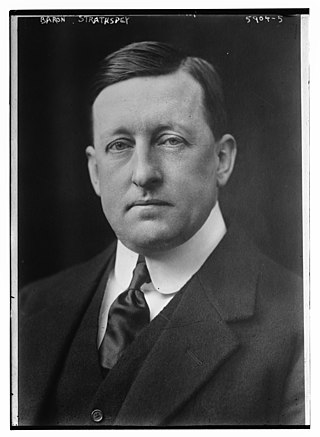
Trevor Ogilvie-Grant, 4th Baron Strathspey was a British peer concerned with colonial affairs in the House of Lords. He is numbered as the 31st Chief of Clan Grant.

Nina Caroline Ogilvie-Grant, 12th Countess of Seafield was a Scottish peeress and landowner.
Ogilvie-Grant or Ogilvy-Grant are surnames. Notable people with the surname include:
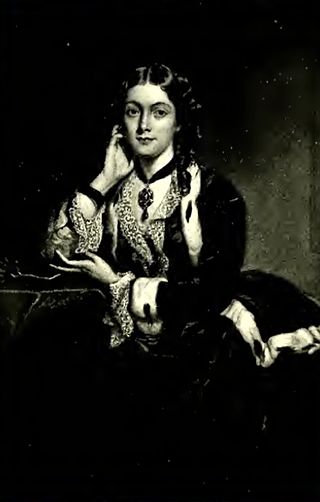
Caroline Stuart, Countess of Seafield, styled as the Countess Dowager from 1884 to 1911, was a member of the Scottish aristocracy. She was suo jure proprietor of the Seafield estates following the death of her son in 1884, and thus was de facto Chieftainess of Clan Grant. She has been described as the "last of the great feudal chiefs."
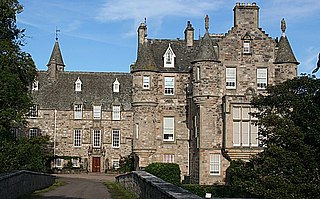
Cullen House is a large house, about 1 kilometre (0.6 mi) south-west of the coastal town of Cullen in Moray, Scotland. It was the seat of the Ogilvies of Findlater, who went on to become the Earls of Findlater and Seafield, and it remained in their family until 1982. Building work started on the house in 1600, incorporating some of the stonework of an earlier building on the site. The house has been extended and remodelled several times by prominent architects such as James Adam, John Adam, and David Bryce. It has been described by the architectural historian Charles McKean as "one of the grandest houses in Scotland" and is designated a Category A listed building. The grounds were enlarged in the 1820s when the entire village of Cullen, save for Cullen Old Church, was demolished to make way for improvements to the grounds by Ludovick Ogilvy-Grant, 5th Earl of Seafield; a new village, closer to the coast, was constructed for the inhabitants. Within the grounds are a bridge, a rotunda and a gatehouse, each of which is individually listed as a Category A structure.
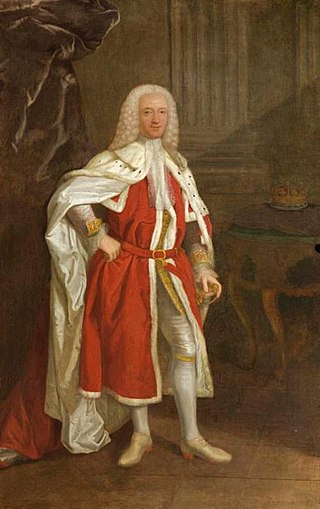
James Ogilvy, 5th Earl of Findlater and 2nd Earl of Seafield was a Scottish peer.
References
- ↑ "FreeBMD Entry Info". www.freebmd.org.uk. Retrieved 5 May 2024.
- 1 2 Mosley, Charles, editor. Burke's Peerage, Baronetage & Knightage, 107th edition, 3 volumes. Wilmington, Delaware: Burke's Peerage (Genealogical Books) Ltd, 2003, volume 3, page 3552.
- ↑ "Who owns Scotland? Here's the next five in our top 20". The Scotsman. 30 December 2008. Retrieved 28 July 2021.
- ↑ Lord Strathspey (1983). A History of Clan Grant. Phillimore. ISBN 978-0-85033-442-5.
{{cite book}}: CS1 maint: date and year (link) - ↑ "MPs and Lords: The Earl of Seafield". UK Parliament. Retrieved 28 July 2021.
- ↑ Peterkin, Tom (13 July 2014). "Who are the donors behind Yes and No campaigns?". The Scotsman. Retrieved 28 July 2021.
- 1 2 "Countess wins Divorce Decree". The Evening Standard. 24 July 1971. Retrieved 28 July 2021.
